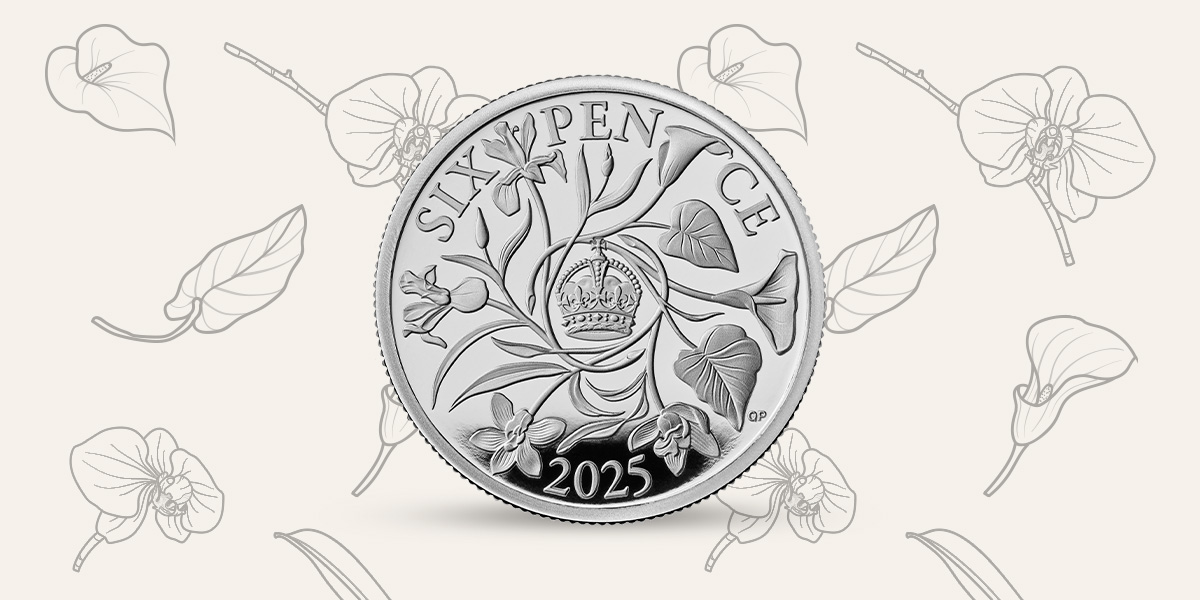
Biblical Origins
The act of giving precious metals to newborns can be traced back all the way to the birth of Jesus Christ and the story of the Three Wise Men. According to the New Testament, one of the Magi famously gave the gift of gold in celebration of the birth of Jesus.
This extravagant act of kindness may very well have been the inspiration behind the tradition of giving precious metals to a newborn child – a custom that continues to this very day in the form of christening coins.
The Gift of Silver
Over the centuries, the type of gift has evolved, reflecting society and the economic climate of the time. During the Tudor era, people often gave silver spoons to commemorate a family birth, while the tradition changed again in Victorian times when people began to give silver trinkets instead.
The silver sixpence was first introduced during the reign of Edward VI in 1551 and the coin quickly became a symbol of prosperity and good fortune. Even today, people choose to give silver sixpences and silver pennies at christenings to wish a child well.
While the custom of coin-giving was believed to symbolise good luck, it also served the practical purpose of setting up a nest egg for the child. Over time, the flagship Sovereign and iconic Britannia coins have also proved to be particularly popular christening gifts.
Coin Traditions Around the World
The giving of coins at christenings isn’t just a British custom – many other countries also have similar traditions whereby young children and newborns are gifted with coins.
In Trinidad and Tobago, visitors to a newborn baby often put money into the child’s hand to wish them good luck for the future. This custom is very similar to the tradition of crossing the baby’s palm with silver in the United Kingdom.
Meanwhile, in China, Zhua Zhou is a ceremony that takes place on the child’s first birthday. Friends and family members give the child coins, which are normally threaded on to a string for the child to wear around their neck.
As part of the Zhua Zhou ceremony, the parents place various objects in front of the child, including a coin, and the child chooses which object they want to play with. If the child chooses the coin, it is believed they will be blessed with a lifetime of good fortune.
A similar tradition takes place in Armenia, through a ceremony called Agra Hadig. The premise follows that of Zhua Zhou, except that Agra Hadig doesn’t take place on the child’s first birthday, but instead when the child gets its first tooth.

Christening Gifts from The Royal Mint
While the times may change and traditions evolve, the act of giving coins as christening gifts is still a very popular way of wishing new babies well for the future.
Symbolising 1,100 years of history, coins from The Royal Mint are part of our nation’s story. Every coin made by The Royal Mint is expertly designed, made to the highest quality and year-dated – perfect for marking the date of a christening.
A contemporary take on an age-old tradition, christening coins from The Royal Mint are the perfect way to commemorate a newborn baby and welcome a new child into the world with something they can treasure for years to come.
The 2025 Sixpence
The sixpence has long been associated as a symbol of good luck and prosperity, making it a thoughtful gift to give to a baby. Available as gold Proof and silver Brilliant Uncirculated editions, the 2025 Sixpence features a reverse design by Quentin Peacock.
Incorporating floral emblems such as calla lilies, orchids and irises, Quentin Peacock’s design is a modern interpretation of the 1928 sixpence design. Bold and beautiful, iris flowers are often used in floral arrangements for christenings and baptisms as the iris is thought to symbolise innocence, purity, faith and hope.
Be Inspired

Classic Coin Wedding Traditions

From X-ray film to silver coins
